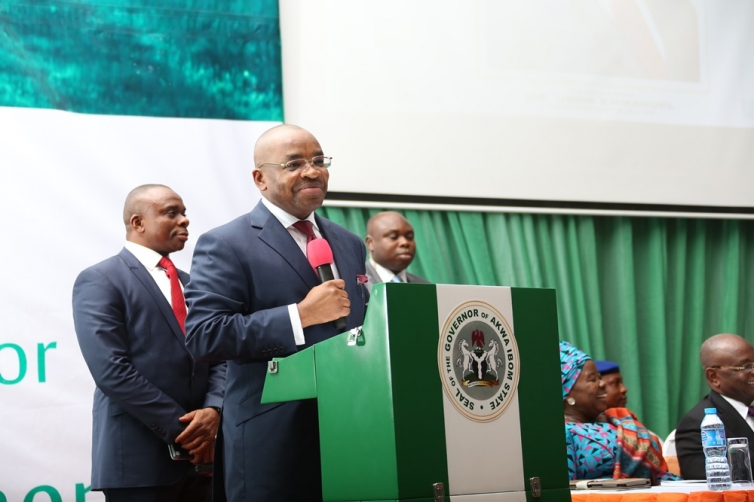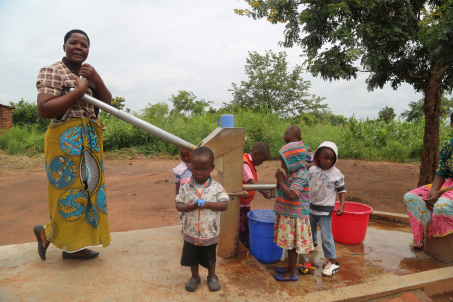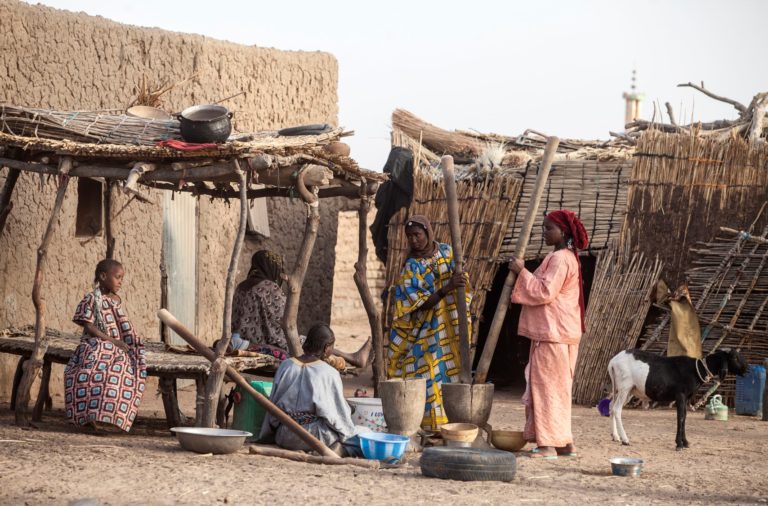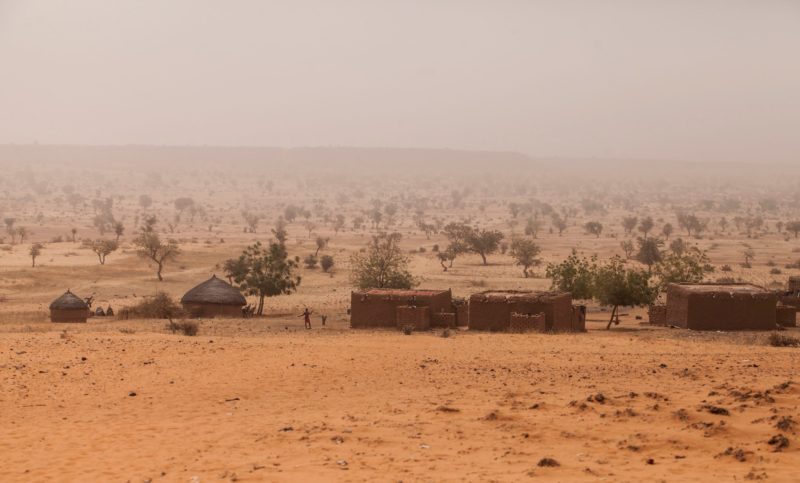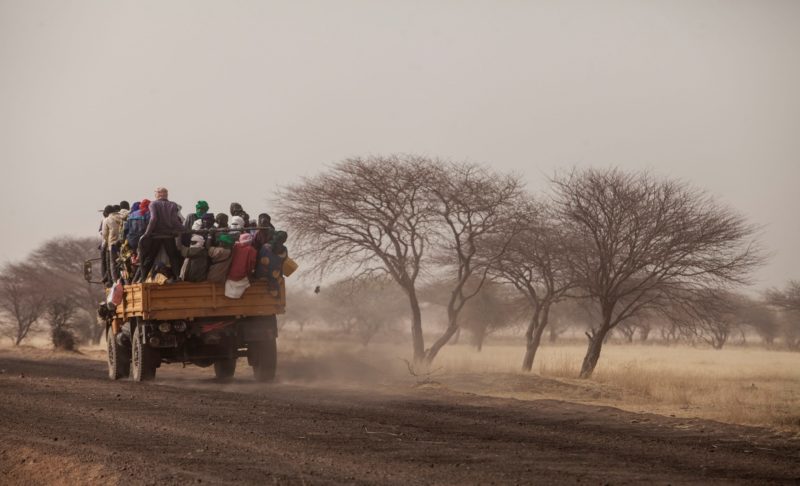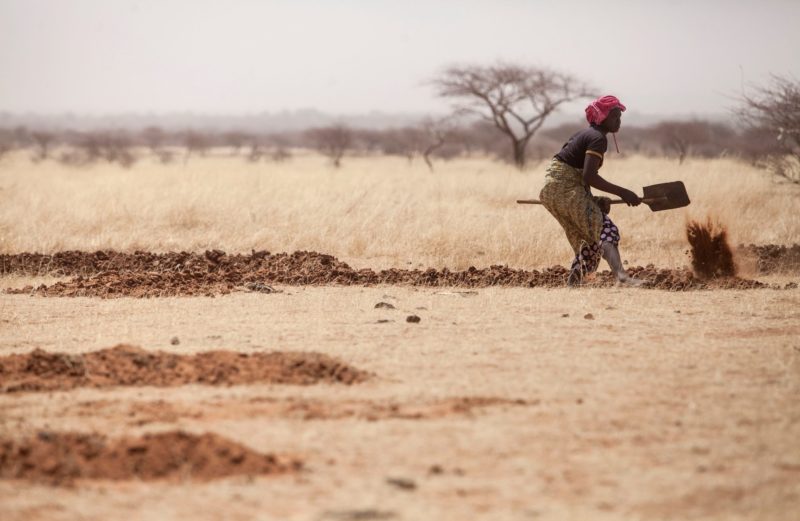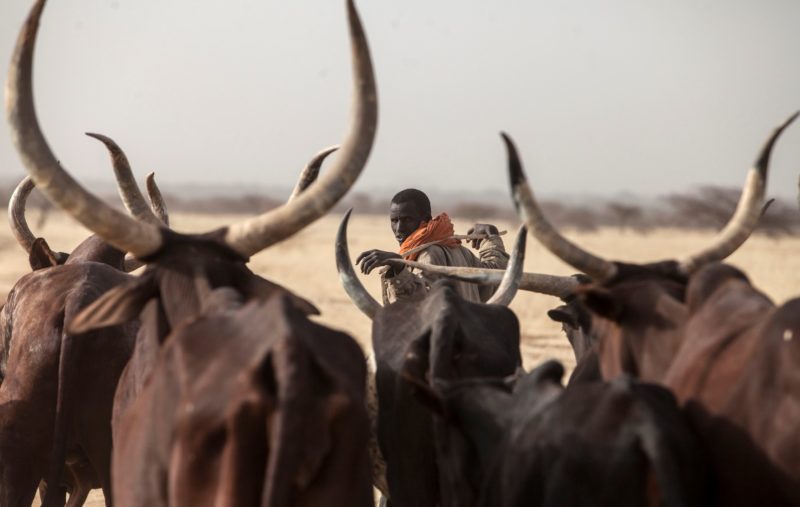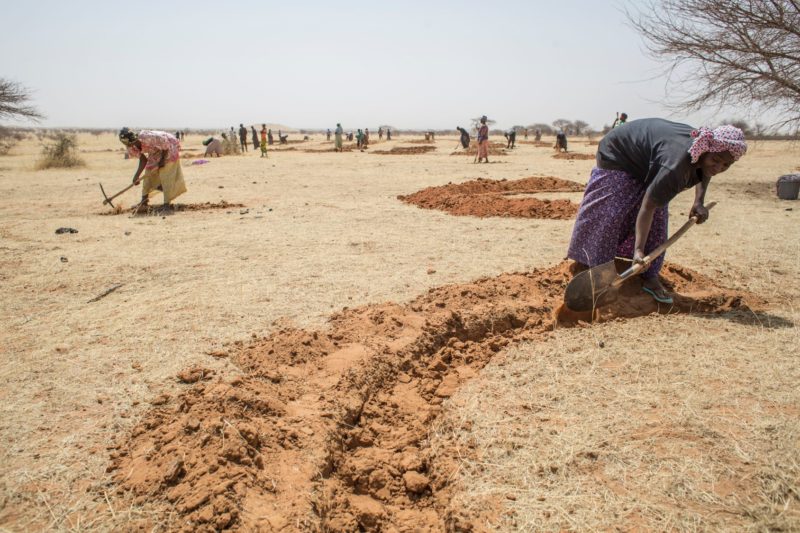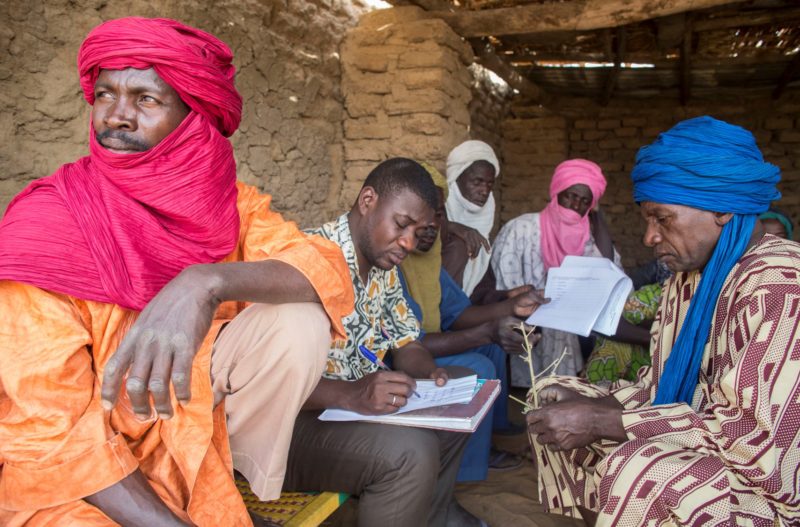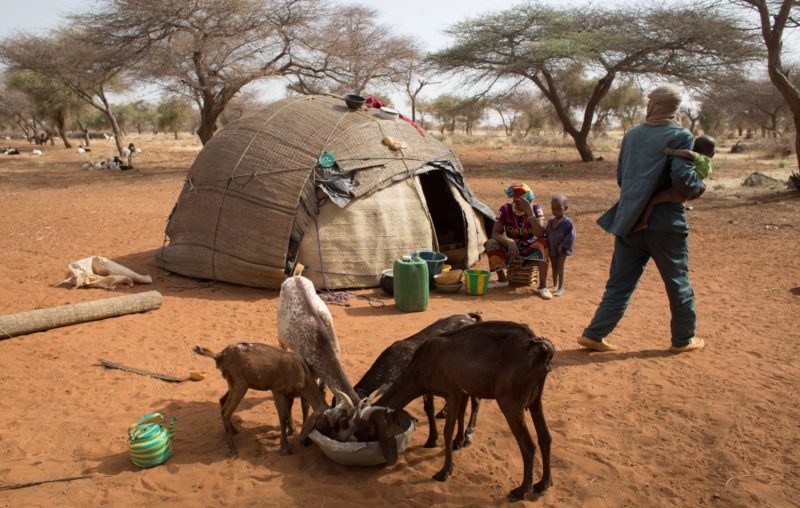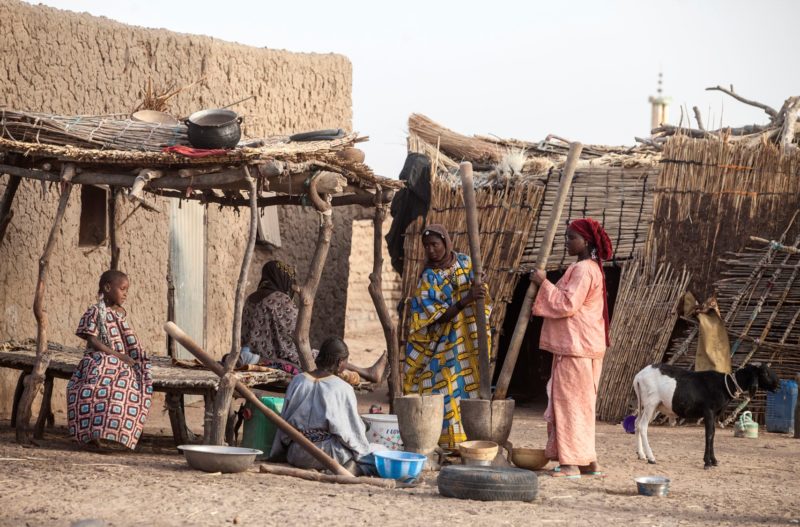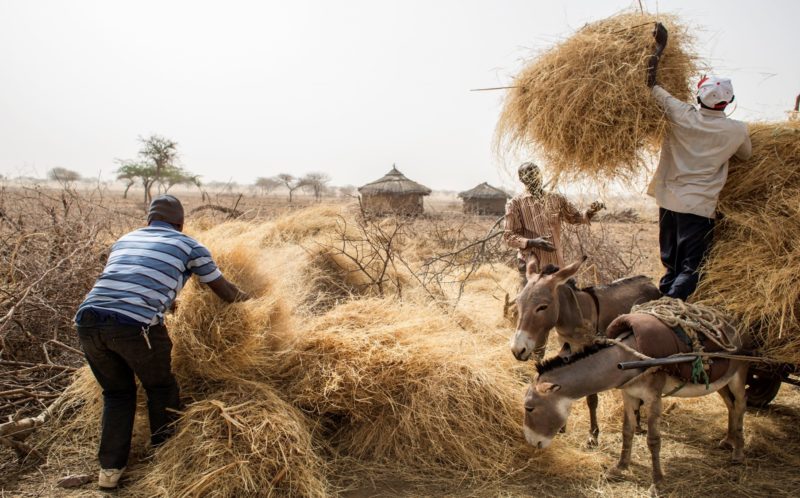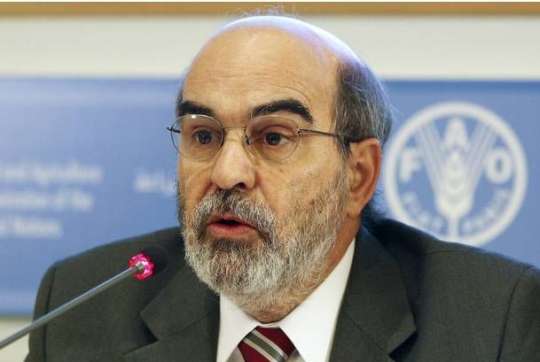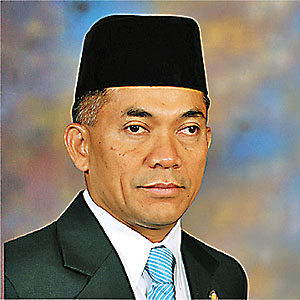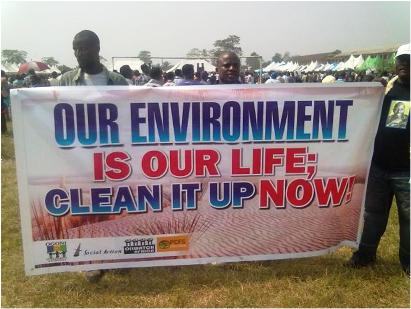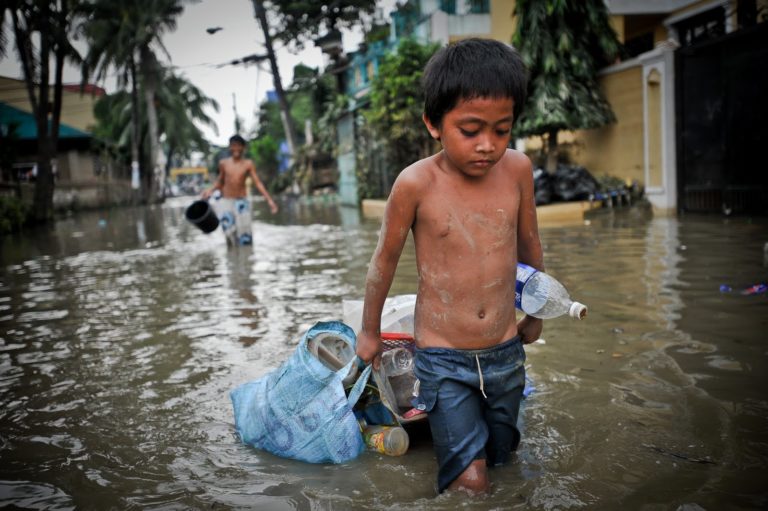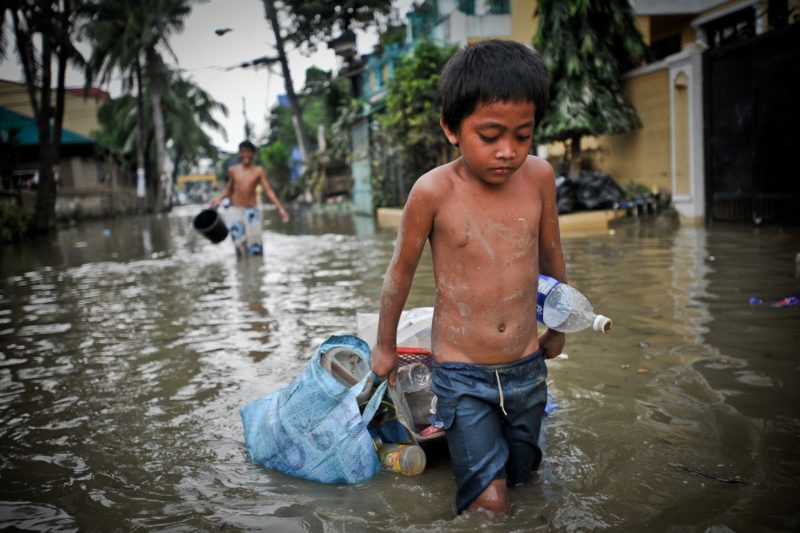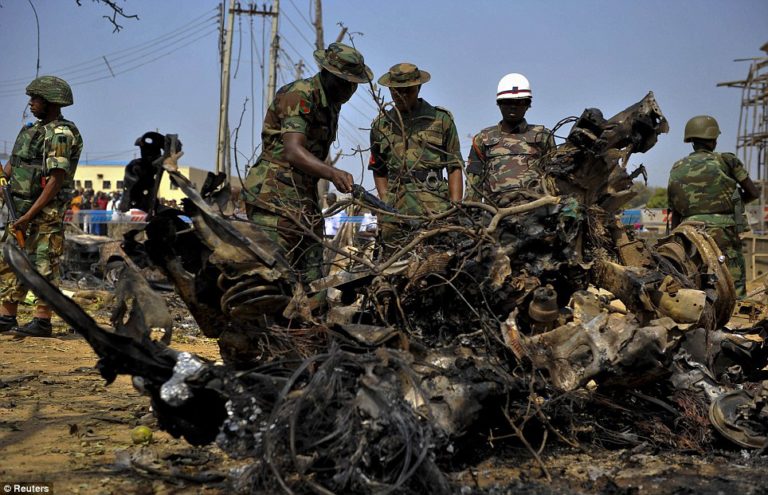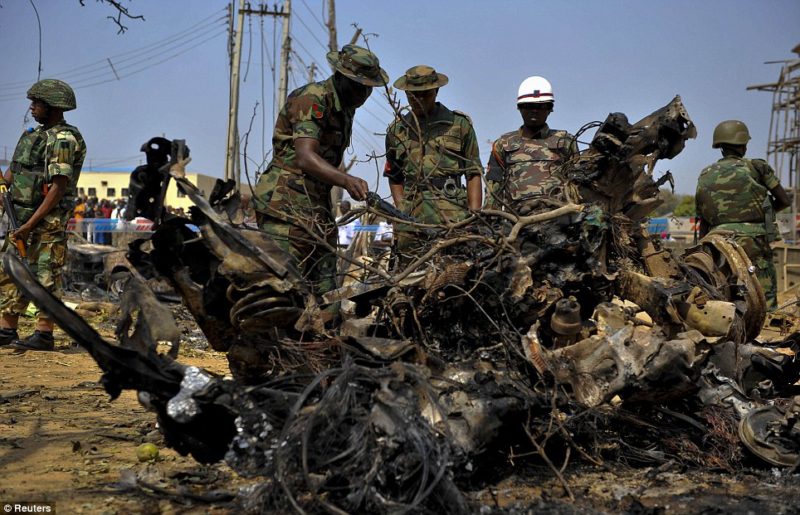A clean environment is on the horizon for the people of Ogoniland as government, communities and oil industry commit to implementing UN Environment report recommendations
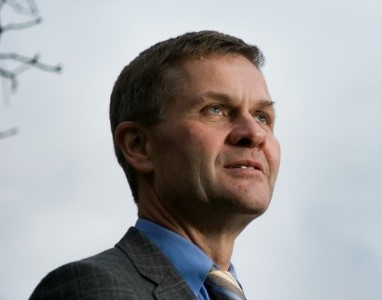
On the fifth anniversary of the launch of UN Environment’s Ogoniland Assessment, the UN expressed optimism over recent developments towards an environmental clean-up.
United Nations Environment Programme (UNEP) boss Erik Solheim said, “I am impressed by the developments we’ve seen towards an environmental clean-up in Ogoniland. During my recent visit there I could sense the momentum – and expectations – of the Ogoni people to once again have their home clean, healthy and safe. The inauguration of the clean-up project was undoubtedly a historic moment for the region.
“I would like to congratulate Minister Amina Mohammed for her outstanding leadership on this issue and assure the Nigerian Government that UN Environment and the UN system remain available to support the clean-up project.”
On 2 June, the Federal Government of Nigeria set in motion a $1 billion clean-up and restoration programme of the Ogoniland region in the Niger Delta. Financial and legislative frameworks will now be put in place to enable the implementation of UNEP’s recommendations.
The recommendations stem from UNEP’s Environmental Assessment of Ogoniland, requested by the Federal Government of Nigeria and launched on 4 August 2011. Conducted over the course of two years, it examined the environmental impact of oil industry operations in the area since the late 1950s. The report found that oil contamination in Ogoniland is extensive and having a grave impact on the environment. In a number of locations public health was severely threatened by contaminated drinking water and carcinogens. Furthermore, the report showed that pollution had penetrated further and deeper than previously thought.
The environmental remediation is likely to be the world’s largest terrestrial clean-up ever seen. With all parties working together, the results will be transformative: ecosystems can recover, livelihoods can be restored, and everyday life will be much improved.
Experts estimate that it could take up to 25 years before ecosystems are re-established. Yet the environmental clean-up of Ogoniland now has the strong support of all stakeholders to move ahead.

